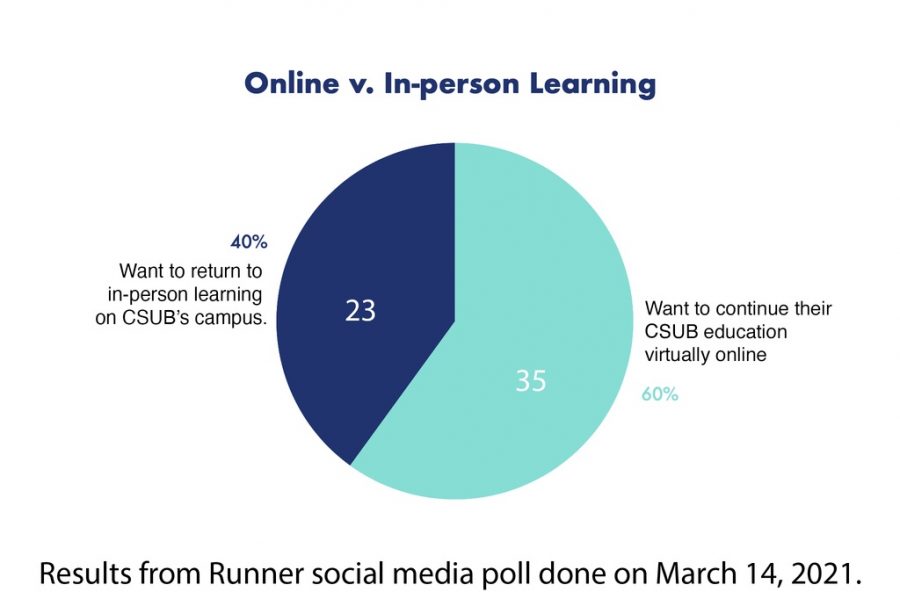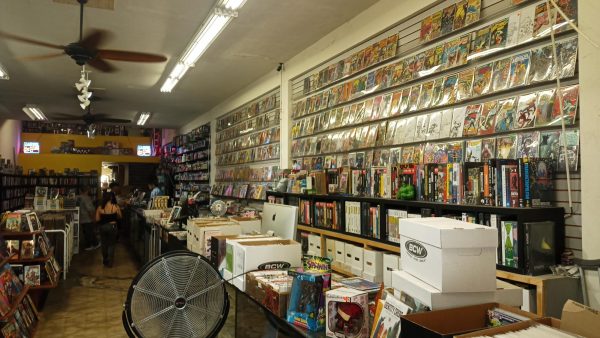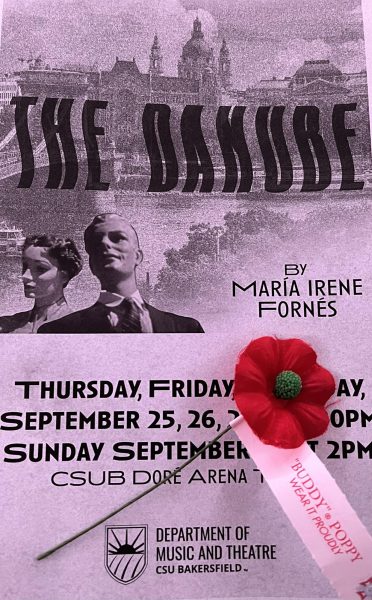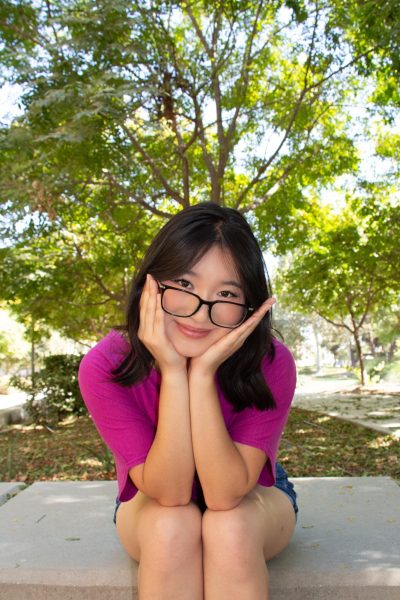Students and teachers reflect after a year of virtual instruction
April 5, 2021
The unforgettable change from in-person to online learning for CSU Bakersfield faculty and students happened on March 12, 2020. It has now been a full year since then, and the long-lasting effects are still being felt by students and teachers alike.
Although the first confirmed case of COVID-19 was documented in Jan. 2020 in China, it was March 2020 that marked many national changes for the United States and, thus, for all of us living here.
March 11 marks the day the World Health Organization declared COVID-19 as a global pandemic. March 13 marks the day former President Trump declared COVID-19 as a national emergency. March 19 marks the day California officially issued the statewide Stay-At-Home order.
Manuel Quijano, a senior at CSUB majoring in Human Biology, opened up about how the switch from in-person to online was very difficult for him at first.
“I felt very alone. It felt like a battle for me personally because I was sad, and then I was stressed, and I remember every now and then I would be like, ‘I should just give up, I should just drop out, we’re in a pandemic it doesn’t matter,” began Quijano. “I did have to fight my way through that.”
Quijano also elaborated on how he has been dealing with being at home so often.
“Being cooped up inside, it changes how your home feels,” said Quijano. “It helps to move your working environment somewhere else that’s not your resting place, because it starts not to feel like a resting place, sometimes my room feels like a stressful place,”
Quijano said his mental health has improved this semester. He specified that his better mental health is in part because of the more laid back classes and professors he has this semester.
“Some professors are more strict than they would be in usual class,” said Quijano. “I feel like more work has been added to make up for not being in class. [Teachers say] we have more time to study, but I can’t sit at my desk for like 10 hours a day.”
Professor Matthew Woodman, an English lecturer who has been teaching at CSUB for twenty years, is one teacher who has taken notice of some of these newfound struggles Quijano attested to.
“People are falling through certain cracks that they probably wouldn’t have fallen through if they were actually in the classroom,” said Woodman.
Woodman specified that, “it seems that a lot of students are having trouble either being responsible enough to watch [lectures]…or they are [watching lectures], but the same level of comprehension is not going through. There isn’t the same level of effectiveness that there was in an actual classroom.”
Beau Larimer, an English professor at CSUB and an English teacher and debate coach at Independence High School, shared that his high school students are dealing with similar struggles.
“There’s not that accountability of being in a physical environment,” said Larimer. “I’ve run across many students that I’m certain are not even in the same room as the computer that’s logged into zoom.”
According to KGET-TV, “certain student groups, including those who are socio-economically disadvantaged (SED), English Language Learners (EL), Students with Disabilities, and Students who are both SET and EL, are seeing more of a disadvantage [with online learning] compared to other students.”
Larimer says he sees this playing out in his own school.
“The student that has a very strong support at home and has opportunities and privileges at home where maybe they have a more focused learning environment, maybe they have a parent that can regularly check in on them…those students have not struggled quite so much,” said Larimer. “Students who do not have the larger skill set to learn independently, that need a lot more structure in their environment, that need more accountability to be in the classroom, they have struggled to stay engaged.”
Both teachers pointed out that they’ve noticed students are failing at higher rates. Woodman specifically spoke on how that personally made him feel as a teacher.
“I feel bad giving the D’s and F’s because that’s a failure on them, but it’s also a failure on me. Like I’m not reaching them in the way that I was before,” said Woodman. “And I can’t figure out if it’s just something that’s impossible virtually online…or if I just haven’t figured out the right way.”
Although there are obviously many struggles that both students and teachers have endured throughout this period of online learning, Quijano, Woodman, and Larimer all talked about how much more resilient and wise both students and teachers will come out of this.
“I think that whenever you’re going through a difficult situation, I think it becomes a positive later,” said Woodman. “I think that absolutely everything we’re going through now is fostering our sense of resilience and independence and self-sufficiency.”






